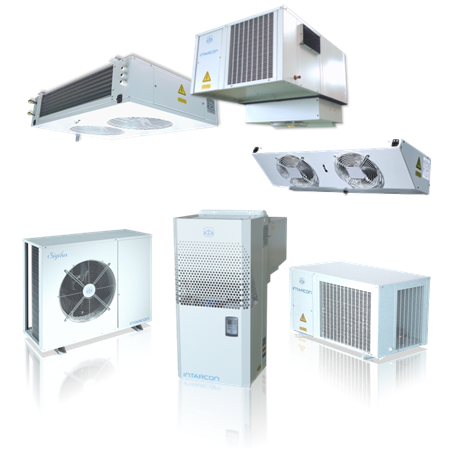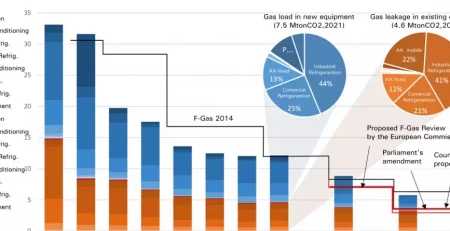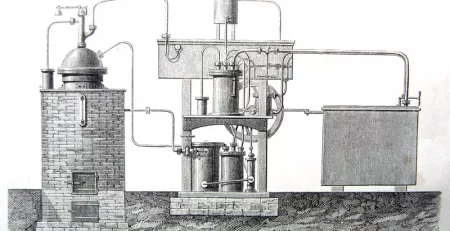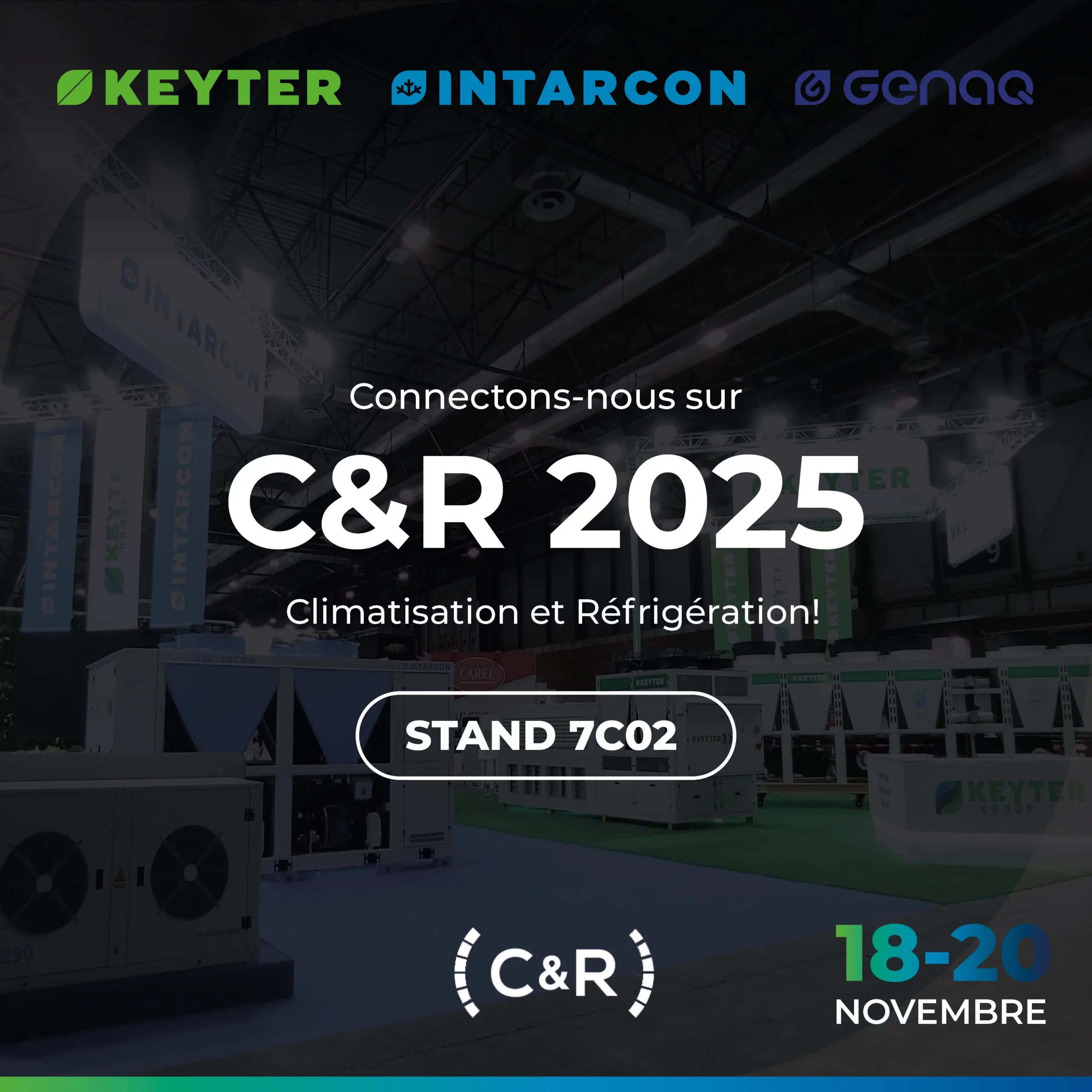R134a in the new refrigeration units by Intarcon
INTARCON2024-06-04T12:37:15+02:00The great innovation in 2014 INTARCON catalogues are the new models with R134A refrigerant for positive temperature in all commercial series. According to the new European legislative framework, the refrigerant R134A is nowadays the best choice for medium and high temperature cooling systems.
A new regulatory and fiscal environment
The latest regulatory and fiscal reforms are pushing up the trend in Europe towards less green-house effect refrigerants. On the one hand, the recently approved F-Gaz European Directive will forbidden the current R404-A in new equipments from 2020, but on the other hand will allow the use of R134A in stationary cooling systems, at the moment without time-limit. In effect, from 2020 on, the global warming potential (GWP) of refrigerants to be used in new systems will have to be less than 2500, and from 2022 the GWP index will have to be less than 150 for centralised direct-expansion facilities of more than 40 KW.
The directiva F-gas introduces as well in the UE area a new green-house effect emission quota system, compulsory to market fluorinated gases by distributors. This policy will inevitably lead to soar refrigerant prices, all the more for higher GWP indexes.
On the other handThe fluorinated gases tax into force in Span from last January 2014, encourages to study less green-house effect alternatives or lesser GWP indexes, since it taxes significantly the refrigerant re-load according the GWP index.
The response of the industry
The gas manufacturers are actively trying to develop alternative refrigerant with a very low or zero GWP index, like HFO based refrigerants, slightly attempting to performance but so far at too high prices, even higher to the result of adding the tax to current HFC refrigerants.
In the short term, there are alternatives like R404a with a GWP under 2500, consisting of HFCs mixtures, like R407a or R407f, or mixtures of HFC and HFO, like the R450. Even if those alternatives are not a definitive solution, are mid-term solutions according to the current regulatory environment.
The R134a as best option
Nowadays, the most decisive factors to choose a good refrigerant are:
- Legal feasibility: the refrigerant must have a low GWP and must be a safe one (type 1: non-toxic, non-flammable)
- Practical feasibility: the cooling system must be technically feasible, without high sophistications.
- Economic feasibility: the refrigerant must have an affordable price
With respect to first factor, the current legislation sets out requirements to be met by the refrigerant, in terms of GWP, safety and load limitation. It has to be taken into consideration that a low GWP is at odds with the refrigerant flammability (e.g. pure HFOs, which have a low GWP are slightly flammable), so in practice new choices have arisen, but not all of them are valid. The R134A, type 1, having a GWP of`1300, is approved for stationary cool systems up to 40kW.
The practical feasibility respects to the possibility of applying the refrigerant to low-complex cooling systems. For example, the CO2 seems to be the definitive solution, but it enables however technical complexities that in practice make it non feasible for small size units. On the other hand the R134A allows usual refrigerant components and well as working under moderate pressures, which facilitates its applications to cooling systems.
Finally, the price is a key factor of refrigerant choice. The new developments of refrigerants are obviously more cost-effective than those refrigerants considered as amortised. The R134a is the most common HFC in the market and its price is lower than the new HFOs prices.






